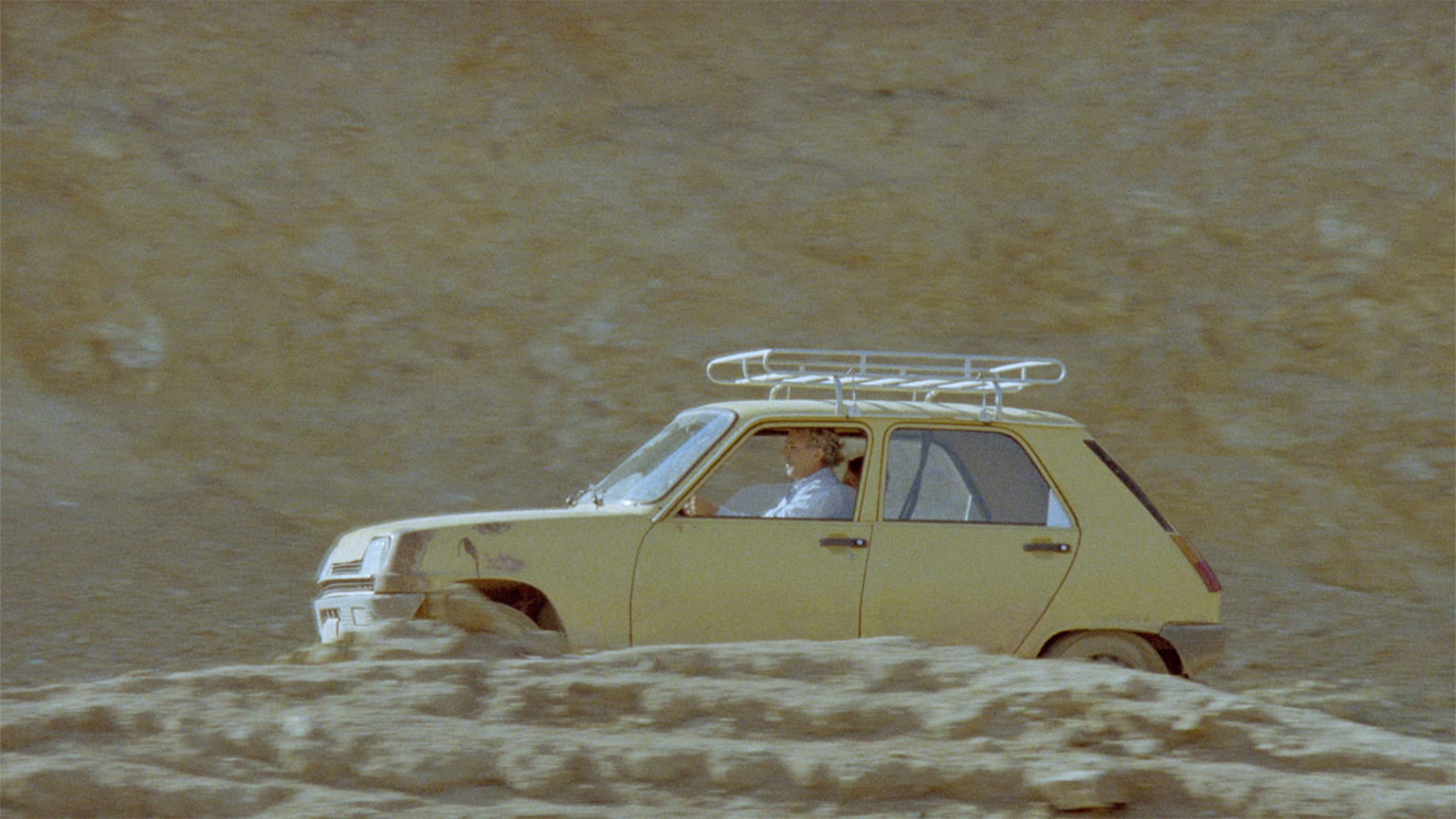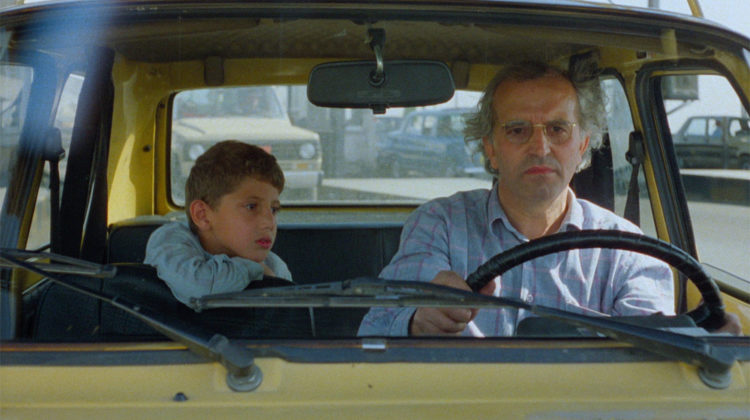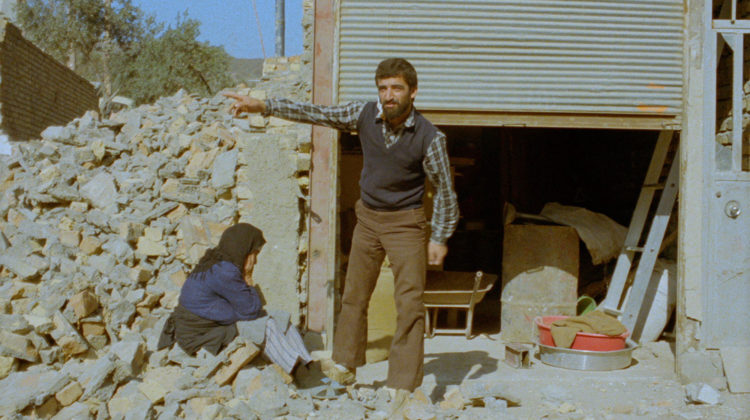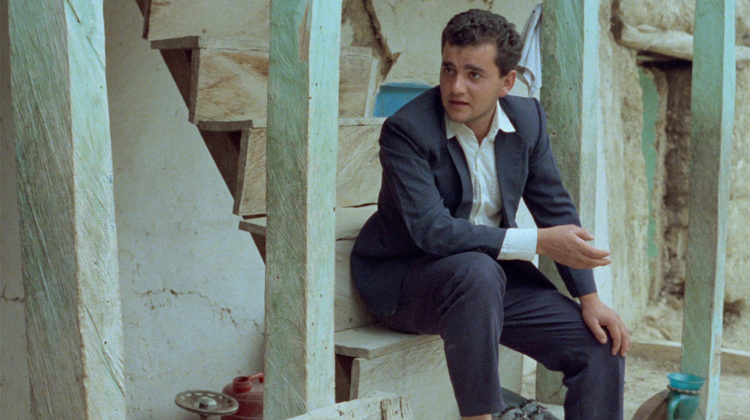And Life Goes On: The Films of Abbas Kiarostami
- And Life Goes On
- aka Life and Nothing More)
(Zendegi va digar hich - Iran1992
- Abbas Kiarostami
- 95 DCP
- NR
Screening Dates
- October 18, 2019 8:15
- October 20, 2019 6:30
- October 24, 2019 6:30
Straddling boundaries between drama and documentary in the singular Kiarostami fashion, the extraordinary And Life Goes On was made in the aftermath of a 1990 earthquake that killed tens of thousands in northern Iran. It recounts a journey Kiarostami and his son made to the devastated village of Koker to learn the fate of the two boys who had starred in Kiarostami’s 1987 film Where is the Friend’s House? It appears to be a documentary, but is actually a restaging: its filmmaker-and-son principals are played by actors; the seemingly extemporaneous interviews and shots were carefully scripted and planned; the devastation sometimes re-created. Even so, earthquake survivors are cast as earthquake survivors; and, for all its formal playfulness, this startling (and startlingly beautiful) work is a poignant tribute to the power of the human spirit in the face of adversity. A masterpiece.
Media
Note
The Koker Trilogy
It was the three wonderfully lyrical, warmly humanistic films that make up the so-called “Koker Trilogy” — Where is the Friend’s House?, And Life Goes On, and Through the Olive Trees — that brought Abbas Kiarostami to international attention. These three sublime features, dubbed a trilogy by critics but not by Kiarostami himself, are set in or around Koker, an earthquake-prone community in northern Iran, and are subtly interlaced: each successive film references, in playful, self-reflexive fashion, the film before it. But each is also a standalone work, intended to be appreciated entirely on its own. The self‑reflexivity found in the trilogy (and in Kiarostami’s Close-Up, made in the midst of it), the interplay between reality and artifice, documentary and drama, the exploration of cinematic “truth,” are hallmarks of the director’s mature and most lauded work.



